![]()
![]()
![]()
Use LEFT and RIGHT arrow keys to navigate between flashcards;
Use UP and DOWN arrow keys to flip the card;
H to show hint;
A reads text to speech;
33 Cards in this Set
- Front
- Back
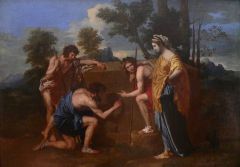
NICOLAS POUSSIN |
Advocated for art that was morally certifying, inspired well mannered and virtuous behavior, and was ordered. His paintings: Had calm even light, most were harmonious, balanced, and ordered,Used older Greek models for paintings, and also used glowing light.
|
|
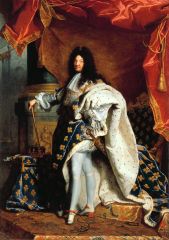
King Louis XIV (The Only Sun) |
Used art to create a sense of awe, illustrate political and religious might, and founded royal academy dedicated to painting and sculpture.
|
|
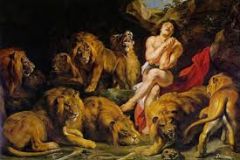
The Baroque |
An art type that: Great focus on theatre, drama, and spectacle. Focused on: elaborate ornamentation, exuberance in texture and detail, heightened realism, and a dramatic composition. |
|
|
Counter Reformation |
The response the the reformation. |
|
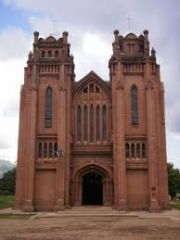
Facade |
The front exterior side of a church. |
|
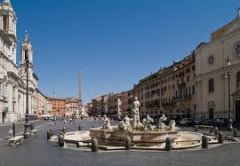
Piazza |
A public open square of a city or place, that is usually surrounded y buildings.aldcchinoB |
|
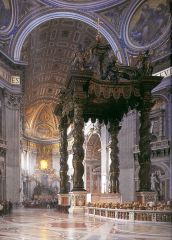
Baldacchino |
An ornamental canopy that can be freestanding permanent or portable that is used for religious tributes through: size, height, and splendor. |
|
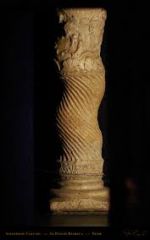
Solomonic Column |
A twisting column. |
|
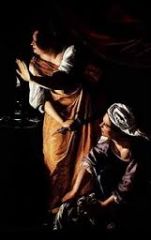
Tenibrism |
Dramatic lighting within a painting, shown through chiaroscuro. |
|
|
Jesuits |
A catholic order found by the priest St. Ignatius and St. Francis and Xavier that went against the reformation, but focused on missionary work. |
|
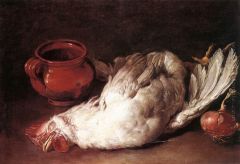
Still Life |
A realistic painting of inanimate object that revolved around photorealism. It can also have religious overtones. |
|
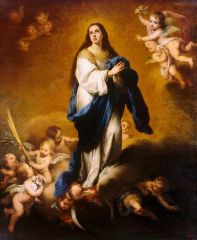
Immaculate Conception |
The belief that Mary herself is free from sin, as shown in he paint "Immaculate Conception." |
|
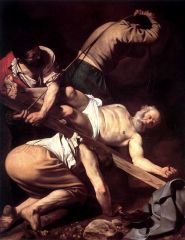
Martyrdom |
A sacrificing of oneself for the sake of ideals or beliefs. |
|

Pastoral Landscape |
The picturesque painting of a nature filled landscape. |
|
|
Flanders; the Dutch Republic |
The Dutch revolt of the Northern largely protestant and mainly revolves around religious clashes. |
|
|
Dutch Golden Age |
A period during the 17th century in Dutch history in which there was an expansive growth in trade, science, military, and art. |
|
|
Allegorical Painting |
Paintings that have symbolism that stand for commentary on political situations. |
|
|
Thirty Years' War |
A series of wars in central Europe in 1618 to 1648, initially a war between the Catholics and Protestants in the Holy Roman Empire. |
|
|
Utrecht Caravaggisti |
Utrecht Caravaggism refers to Baroque artists, all distinctly influenced by the art of Caravaggio, who were active mostly in the Dutch city of Utrecht during the early part of the seventeenth century. |
|
|
Genre Painting |
Genre art is the pictorial representation in any of various media of scenes or events from everyday life, such as markets, domestic settings, interiors, parties, inn scenes, and street scenes. |
|
|
Group Portriat |
Paintings of a group of people usually representing a militia or clan. |
|
|
Momento Mori |
The focus on the ephemerality of life and its expression through painting, literature, and poetry. |
|
|
French Revolution |
An influential period of social and political upheaval in France that lasted from 1789 until 1799. Inspired by liberal and radical ideas, the Revolution profoundly altered the course of modern history. |
|
|
The Grand Tour |
An extended tour of Rome's art. Usually lasting 1-3 years. |
|
|
Vedute |
Paintings that show a view primarily landscapes. |
|
|
Neo-Classicism |
The contrasted style to Baroque, and was inspire by The Grand Tour. A reformation of Roman and Greek art. |
|
|
Romanticism |
The movement emphasized intense emotion as an authentic source of aesthetic experience, placing new emphasis on such emotions as apprehension, horror and terror, and awe. |
|
|
Napoleonic Wars |
The Napoleonic Wars (1803–1815) were a series of major conflicts pitting the French Empire led by Emperor Napoleon I against an array of European powers formed into various coalitions. |
|
|
Hudson River School |
The Hudson River School was a mid-19th century American art movement embodied by a group of landscape painters whose aesthetic vision was influenced by romanticism. |
|
|
The Sublime |
The sublime has long been understood to mean a quality of greatness or grandeur that inspires awe and wonder. |
|
|
Transcendentalism |
Transcendentalism is a religious and philosophical movement that developed during the late 1820s and '30s[1] in the Eastern region of the United States as a protest against the general state of spirituality and, in particular, the state ofintellectualism |
|
|
Daguerreotype |
Jacques Dogurre invented exposure to capture an image. He used A metal plate, then light sensitive chemicals, an exposed it to light for exposure. |
|
|
Talbot |
Made negative images so that people were able to make multiple copies of a picture. |

